I designed a sine wave oscillator, but the frequency isn't correct and the wave shape is weird. I use 5V single supply. I create a 2V common point to be virtual ground. The opamp is acting as a non-inverting amplifier. There is a feedback diode in parallel to control the amplitude. The LC in series should act as a bandpass filter to select the frequency. What's wrong with the circuit?
I built the circuit in practice, and the result is almost the same as the simulation result.
